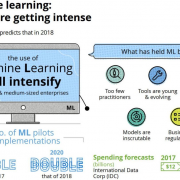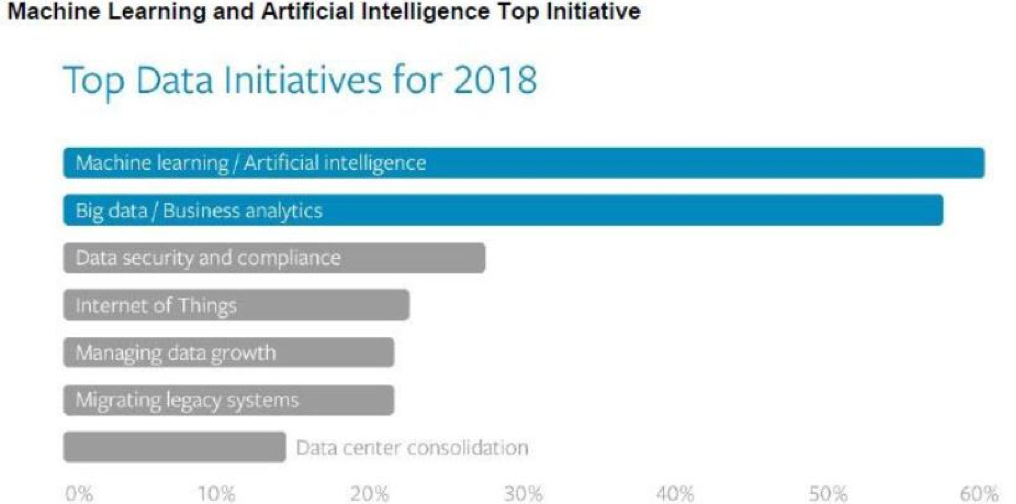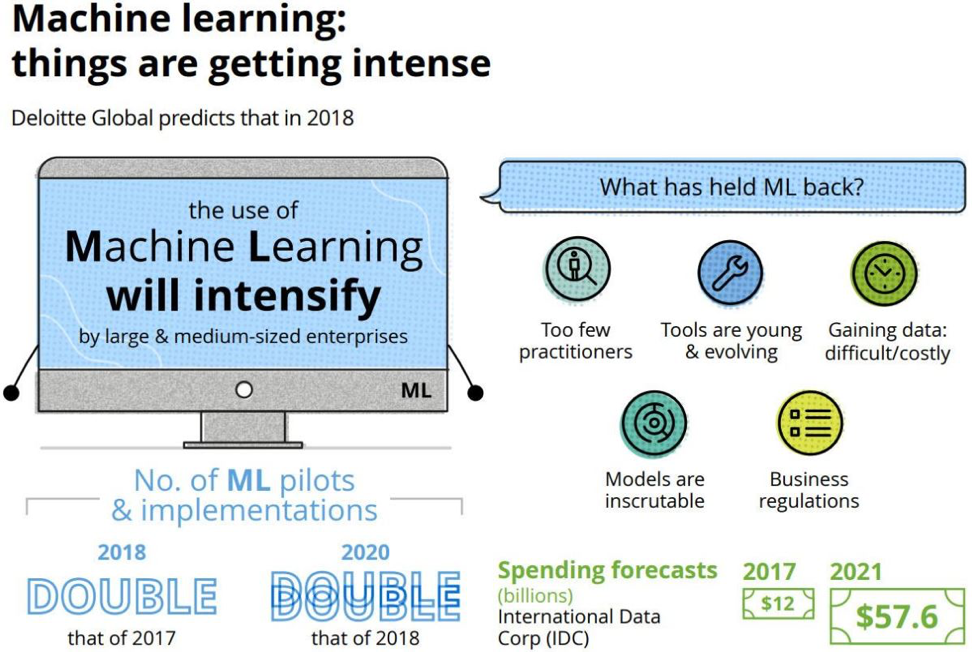The untold story of artificial intelligence and why it doesn’t work is a story that doesn’t see the light of day.
But we live in it, around it, and will be deeply affected by it in the future.
The unbridled growth of the market for data labeling passed $500 million in 2018 and it will reach $1.2 billion by 2023.
Companies are spending around 80% of A.I. technology resources building these machine learning databases highlighting how corporations have bet the ranch on this new form of technology.
Online data-labeling services in far-flung lands are taking advantage of cheap labor to assign manual labels to images from anything such as green bottles or milk cartons.
This superhuman effort underpins the technology of machine learning.
These low paid foot soldiers could eventually hollow out the mid-level job market where upper management find it convenient to rely on software in a hybrid relationship.
Or will they?
This technology called machine learning is effectively constructing a mega library of data and, in many cases, images where it can match and then offer a solution in real-time.
For example, a garbage collector can commission software to construct a garbage item segregator and the green bottle that is captured by cameras can identify whether it is plastic, glass, and should be recycled or not.
The results are then relayed to the system and database with ensuing instructions.
A robust database chronicling thousands of green bottles will offer conclusive evidence delivering a solution to the placement of this green bottle via the machine learning garbage segregation software.
This certain example is one small instance of how machine learning can be incorporated into real life in a successful manner.
Human labor through an army of image labelers is needed to undertake this project.
One of the factors that make this particular example favorable to machine learnable achievement is operating in absolutes.
The green bottle must be composed of a certain material.
Software will indicate whether a bottle is glass and then categorize the green bottle through verification in the database.
A positive actionable result is the most likely outcome with this green bottle.
This is the type of data through image labeling that feeds artificial intelligence software to work in ways the creators of these projects hoped for.
But where does machine learning fantastically fail?
The database is a historical snapshot of what the world used to be and the second a database is updated, it also becomes more historical.
Artificial Intelligence cannot predict future change.
The velocity of change to the world in 2019 has picked up steam with every type of phenomenon transforming through new iterations manifested in corporations and other business in shorter time spans.
A historical database does not reflect the world in which we live now but can only record what happened in the past.
If climate change rears its ugly head through stringent policy and banned green bottle production in the world, a backward-looking database would have no need for useless green bottle data leftover in the system.
This is a shortcoming of machine learning.
Then as policymakers or technology entrepreneurs naturally pursue their goals, paradigm shifts that quickly rush in to distort old databases cannot be accounted for in the new software causing the error-rate to mushroom.
Since machine learning is inherently reliant on tedious human labor to develop a database, these databases cannot be fixed in days.
The best entrepreneurs are on top of the pulse of future development and can tailor-make a business whether it is software or physical product to capture the potential demand.
Nimbleness and adaptability are in vogue and machine learning cannot provide these important skills.
Machine learning software can be applied in certain niche situations like facial recognition.
These programs will never become skilled enough to make the critical decisions or be the x-factor in a business.
Training your company to be like the past and not the future is a kamikaze mission.
The world moves on and business needs to capture that.




